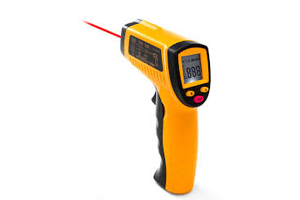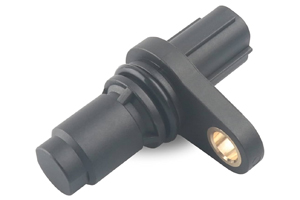Micro Connector USB Pinout: Why It is Important and How to Work With It
Author:admin Date: 2025-05-15 08:07 Views:592
Many people are exposed to USB ports. Anyone new to a certain type of device can always easily point out a USB port. However, other than the standard USB port, there are also micro USB ports. You likely came across them but did not know they are called micro USB ports.
We explore more about the Micro USBs and micro connector USB pinout to fully understand how such ports work as you get to see their internal working mechanism.
{817} Micro USB Type B Connector DIP 5 Pin Socket Pinout
What is a Micro USB Connector?
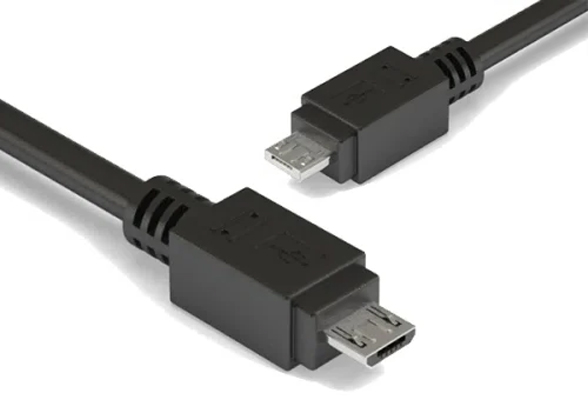
A micro USB connector is a smaller version of the standardized USB connector. This type of connector is mainly used for data transfer and charging of mobile devices such as tablets and smartphones. Expect to find such connectors proper for compact devices as an alternative to the older mini USB connectors.
Some of the notable features of micro USB connectors:
- Looking at the size, it is generally smaller than the normal Type A USB connector
- They are generally durable compared to mini USB. This makes it good for a higher number of connect-disconnect cycles.
- These connectors are typically used for data transfer and charging. They can also support On The Go (OTG) features.
- The micro USB connector supports impressive data transfer rates. Expect up to 480 Mbps.
- These micro connector USB pinouts are commonly used for Android smartphones, tablets, and several other portable devices.
這 micro USB connector pinout exists to help you understand the inner workings of the micro USB connector. The pinout diagram shows that this type of connector has five pins that do various things in a micro USB. This includes powering the device, carrying data, ground, and identifying the type of USB connection.
Variants of the Micro USB Connector
There are several variants in the market for you to consider. You can come across Type A, Type B, and 3.0. These variants are categorized based on data transfer speeds and power delivery capabilities.
Type A vs. Type B
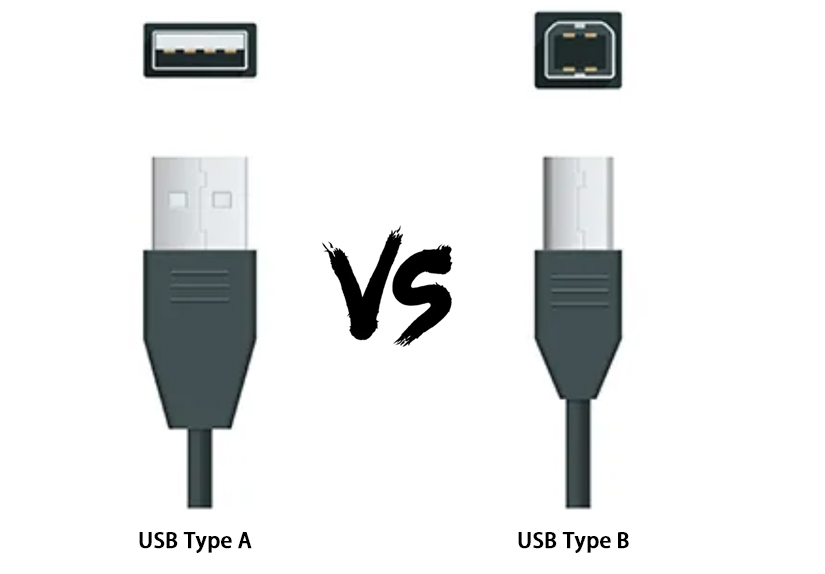
Type A connectors are what you get on the host device, such as a computer. They are rectangular. Type B connectors are what you get with the slave devices. For example, a smartphone will have a tapered end.
USB 2.0 vs. USB 3.0
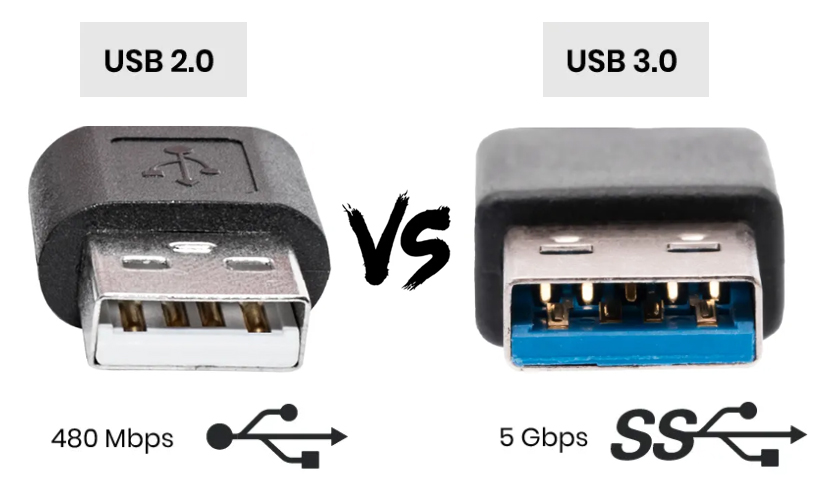
You can also get the micro USB 3.0 or USB 2.0 in the market. The USB 2.0 offers speeds up to 480 Mbps compared to USB 3.0 which offers great speeds up to 5Gbps. Micro USB 3.0 can also have additional set of pins vital for improved functionality than the other variants.
Micro USB Connector Pinout Description
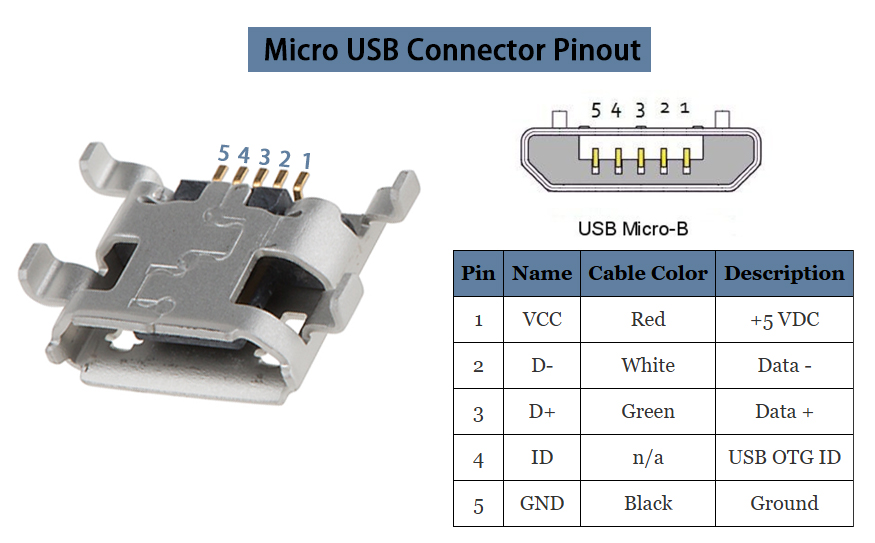
這 micro USB connector pinout outlines what to expect as the workings of a USB connector. In the case of a standard micro USB, you get up to five pins. The work of the pins includes handling power, data transfer, and device identification.
The main five pins include:
- VBUS (Pin 1): It provides a positive voltage supply. This is typically +5V to the connected device.
- D- (Pin 2): This is the negative differential data line. It works in conjunction with D+ to aid in data transmission.
- D+ (Pin 3): This is the positive differential data line used for data communication.
- ID (Pin 4): This is the identification pin. Its job is to determine whether the device connected using the connector is a host, such as a computer, or a peripheral, such as a tablet or phone.
- GND (Pin 5): This is the ground of the connector. It provides a common reference point for the data and electrical signals in the connector.
| 別針 | 姓名 | Cable Color | 功能 |
|---|---|---|---|
| 1 | VBUS | 紅色的 | Power supply |
| 2 | D- | 白色的 | Negative differential data line |
| 3 | D+ | 綠色的 | Positive differential data line |
| 4 | ID | Dark blue | Mode detection |
| 5 | 接地 | Black | 地面 |
Applications of Micro Connector USB Pinouts
Now that you have seen the micro USB 3.0 connector pinout, you get the idea of what such a connector can do.
The most common obvious application would be to charge the devices. The connector will charge the device, whether it is a smartphone or tablet. Also, it can power external hard drives or flash drives so that you can read the data from the drive.
Right now, micro-USB connectors also support fast charging. This ensures that devices can recharge faster than before.
Data transfer is another benefit of having a micro USB connector. You can connect a device to a computer to allow data transfer to and from the device. For example, you could copy images from a smartphone or digital camera.
You can also rely on such USB connectors for OTG applications, where a peripheral device, such as a keyboard or mouse, can host other devices.
Users can also link to devices for data exchange. For example, files can be shared between two tablets.
How to Troubleshoot Micro USB Pinout Issues
How to Fix Loose Micro USB Cable : Falls out / Not Charging / Clean Charge Port – Android
If the pins are bent or there is something else wrong, the USB connector will not work. Below, we share tips on how to troubleshoot such as USB pinout.
- Visually inspect looking for signs of damage on the Micro USB cable or connector. In the case of fraying, bent pins, or a broken connector, we recommend replacing the cable to solve this issue.
- Sometimes, all you need to do is clean the USB port if the cable appears fine. Check the micro USB port for debris or dust. Once it is cleaned, you should have a good connection. Gently clean the port with a soft brush or compressed air if you have access. A cotton swap dipped in isopropyl alcohol can also do the trick for stubborn dirt.
- Restarting the device often helps solve software glitches. Try the cable in different USB ports to test if the issue is with the cable or the port you used.
- Perform a hardware diagnostic test to check where there are potential hardware issues keeping the device from working correctly.
結論
A micro USB connector pinout shows us the number of pins in a connector. Each pin has a specific task. Five pins are good enough for various applications using a USB connector. From the pins, we can do so much more. This includes charging the device, identification, and data transfer. If you ever have issues with your micro connector for USB devices, look at the simple tips mentioned above to troubleshoot it correctly.
請發送 RFQ,我們將立即回覆。
常見問題
What is the purpose of the ID pin in a micro USB connector?
The ID pin distinguishes the USB roles. For example, it can identify whether the device is the host or peripheral.
How do you use micro USB connector pinout in projects or wiring?
The pinout diagram can help a lot in identifying the correct connections. For example, you would know which is for power, data transfer, ID, and more. This also helps to ensure the proper functioning of the device and avoid short circuits.
Are micro USB pinouts the same for all devices?
In most cases, they are the same. However, some manufacturers can add a few modifications. So, check the wiring needs of your devices before making custom changes, which may lead to issues.

